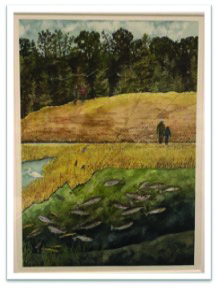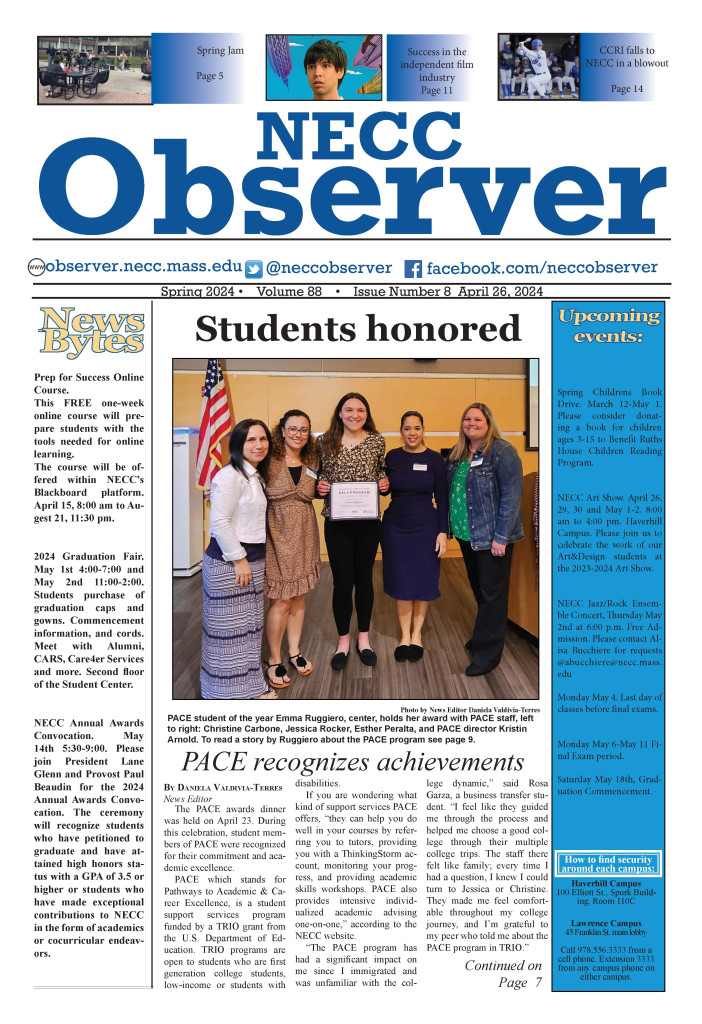
In a world where climate change has already negatively affected all living things so much, what does the future hold in store for us?
The Peabody Essex Museum tackles this question in their exhibit, ‘Climate Action: Inspiring Change’, on view until June 25 in the museums Art and Nature Center. The answer that visitors will walk away with is not necessarily a pessimistic one, although it can be gleaned that change is a vital part of saving our future; changing our mindsets and actions, in both big and small ways, to treat our planet nicer.
The twenty-nine artists whose works are featured in this exhibit do exactly that, inspire change. “We can solve climate change… It’s not all doom and gloom!” says one of the contributing artists, Jada Mensah.
A variety of mediums, such as woodwork, paintings, photography and more can be found throughout the exhibit each sharing some depiction of how climate change has affected us and our planet, but more importantly a glimmer of hope. Like in Xingfeiyan Liu’s painting, “Clean,” which portrays two young people collecting trash from the ocean.

The theme of hope permeates “Climate Action,” leaving visitors with an inclination towards making more eco-friendly choices rather than inescapable feelings of impending doom. “Overall, I hope that they come away with an emotional response to the topic, whatever that may be to them,” said Jill Pelto, one of the contributing artists. “I want people to feel a connection, an engagement to the stories I’m telling about our world in my art.”
Pelto’s art is unique because she uses a combination of data research on climate change and watercolors and drawings of landscapes. Pelto’s painting “Replanting Resilience” at first glance is simply of people walking in a field with trees in the distance and fish swimming in a pond below. But upon further inspection three line graphs can be located. The line in the wooded area represents the increase of U.S. adults who supported policies to protect the environment.The line on the hill represents an increase in National Wildlife Refuge acreage. The line along the pond water represents sea level rises with two additional lines rising from it showing projections for the future.
While the message of hope is conveyed in one way or another by the artists, they each are also stressing the importance of the issue and how action is necessary to make a change for the better.
“We don’t need to be perfect about it or hard on others, it’s about doing the things we can to make a change,” Pelto said.
In addition to the art, the Peabody Essex Museum made efforts in assembling this exhibit to be as environmentally friendly as possible by using energy-efficient lighting, recycled walls and cases, as well as the use of Ecoboard which is a 100% recyclable product, for the graphics and labels.

